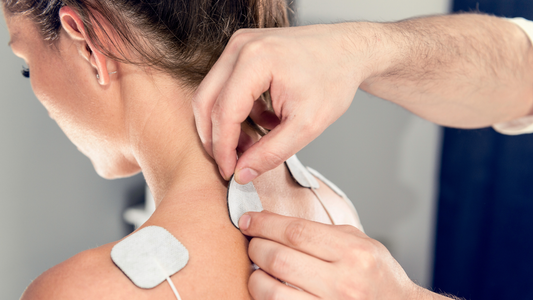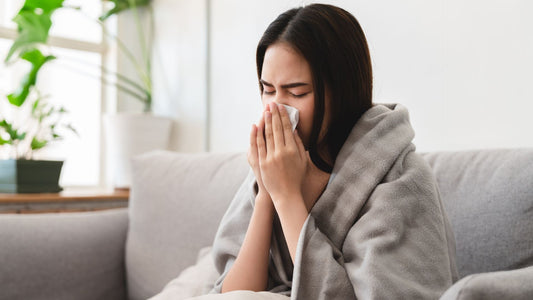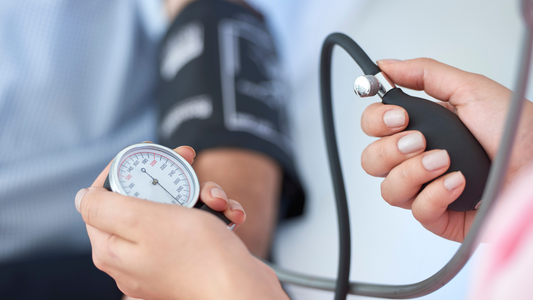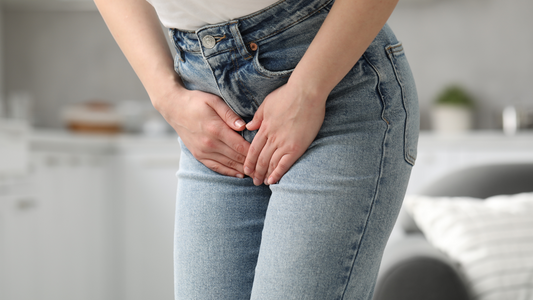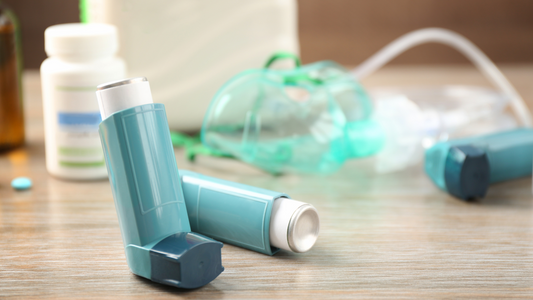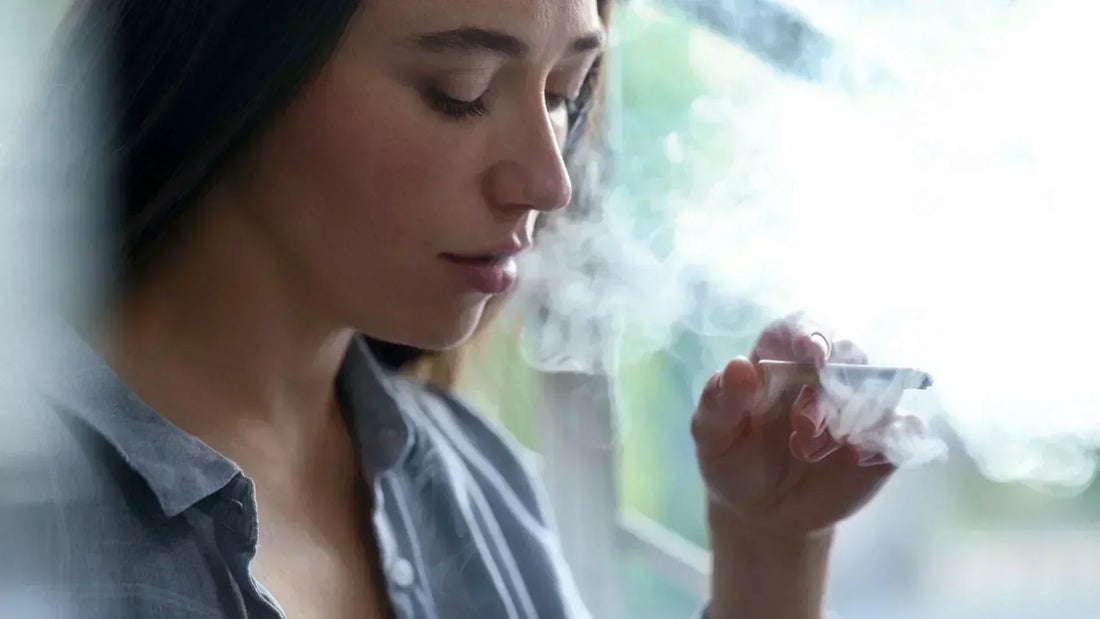
Quit Smoking: The Ultimate Guide to a Successful Smoking Cessation – and How to Best Support Your Oral Hygiene
Smoking is one of the biggest health threats worldwide. It has far-reaching consequences for the heart, lungs, skin, and teeth. However, the decision to quit smoking is the first and most important step towards a healthier life. In this guide, you will learn how to successfully quit smoking, which products can support you during this phase, and how to specifically improve your oral hygiene to regain a fresh, healthy smile.
Why Smoking is More Than Just a Bad Habit
Nicotine quickly leads to addiction - both physically and psychologically. It activates the reward system in the brain, temporarily increases concentration, and reduces feelings of stress. However, this effect is short-lived, and the body soon craves more. This leads to a vicious cycle of dependency, withdrawal symptoms, and relapses.
But the risk of smoking is not just the addiction, but the massive health consequences it has on the body. Cigarette smoke contains over 7,000 chemical substances, many of which are toxic and carcinogenic. Wanting to quit smoking is the first step in the right direction. And this step is worth it - for your health and well-being.
Health Consequences of Smoking
Smoking has far-reaching negative effects on nearly every organ in the body. The most common health consequences include:
- Lung and Respiratory Diseases: Smoking is the leading cause of chronic obstructive pulmonary disease (COPD), bronchitis, and lung cancer. It damages the alveoli and lung tissue, leading to shortness of breath and coughing.
- Cardiovascular Diseases: Smoking increases the risk of heart attacks, strokes, and high blood pressure. It promotes the formation of plaques in the arteries, which restricts blood flow and increases the risk of vascular occlusions.
- Weakening of the Immune System: Smoking impairs the body's ability to fight infections. It slows down wound healing and increases the risk of many diseases.
- Oral Health: Smoking is responsible for a variety of dental diseases, including discolored teeth, gum recession, and periodontitis. The smoke damages the gums and leads to poorer blood circulation, making it harder for injuries to heal.
- Skin Aging: Smoking leads to poor oxygen supply to the skin, resulting in a dull complexion and premature wrinkle formation. It destroys collagen and elastin, which are responsible for skin firmness.

Successfully Quitting Smoking – Strategies and Support
Here are some effective strategies and tools that can help you reduce the craving for cigarettes:
1. Nicotine Replacement Products
Nicotine gums, patches, or inhalers are proven tools to control nicotine cravings. They provide the body with nicotine in small, controlled doses, thus alleviating withdrawal symptoms. These products can help ease the transition to a smoke-free life.
2. Medication Support
Doctors can prescribe medications like Bupropion or Varenicline, which reduce the craving for cigarettes. These medications directly affect the reward system in the brain, reducing the urge for nicotine. It is important that these medications are taken under medical supervision to avoid possible side effects.
3. Psychological Support
The psychological aspect of smoking should not be underestimated. Behavioral therapy or online coaching helps to understand and change smoking habits. You will learn how to manage stress and relapses and break the vicious cycle of addiction. Many health insurance companies offer subsidies for such programs.
4. Practical Everyday Tips
• Adjust Environment: Remove cigarettes, ashtrays, and lighters from your surroundings. This reduces temptation and minimizes the risk of relapses.
• Replace Smoking Rituals: Opt for healthy alternatives. Drink water, take a walk, or practice breathing techniques.
• Rewards: Celebrate your progress and reward yourself for smoke-free days. This strengthens your motivation and promotes your long-term determination.
Oral Hygiene After Quitting Smoking: Your New Routine
After quitting smoking, the body begins to regenerate – the oral mucosa and gums also start to recover. To optimally support this process, regular and thorough oral care is crucial.
1. Mouthwashes specifically for ex-smokers
Mouthwashes specifically developed for ex-smokers neutralize bad odors, have antibacterial effects, and promote gum healing. Products with chlorhexidine, fluoride, or zinc are particularly recommended as they reduce plaque and combat bacteria.
2. Toothpaste for Stain Removal
Nicotine and tar leave stubborn deposits on the teeth. A whitening toothpaste with gentle abrasives or activated charcoal can help gently clean the enamel and restore natural tooth colors.
3. Tongue Scrapers and Interdental Brushes
Nicotine residues and bacteria often accumulate on the tongue and between the teeth. A tongue scraper helps to remove these residues, while interdental brushes also effectively clean the spaces between the teeth, promoting fresh breath.
4. Professional Dental Cleaning
A visit to the dentist right after quitting smoking is advisable. A professional dental cleaning removes deep-seated stains and plaque and offers a fresh start for your oral health. This is also an opportunity to talk to your dentist about the best care practices for your teeth after quitting smoking.

Benefits of a Smoke-Free Life – Noticeable Week by Week
Just a few days after the last cigarette, the body begins to regenerate. The health benefits become noticeable over time:
|
Time Frame |
Effect |
|
After 20 minutes |
Pulse and blood pressure drop to normal levels. |
|
After 48 hours |
Taste and smell return. |
|
After 3 months |
Lung function improves significantly. |
|
After 1 year |
Risk of heart disease is halved. |
|
After 10 years |
Risk of lung cancer decreases by up to 50%. |
A smoke-free life not only means more energy, better skin, and improved fitness, but also a brighter smile and fresh breath – the best business cards for your health.
Frequently Asked Questions (FAQ)
How long does it take for cravings to subside?
The first 3–4 weeks after quitting smoking are usually the hardest. After that, the body stabilizes and the craving for cigarettes noticeably decreases.
How can I avoid relapses?
Relapses happen, but they can be prevented with proper preparation. Plan alternatives for stressful situations: exercise, breathing exercises, or sugar-free snacks can help control cravings and maintain your motivation.
How can I whiten my teeth after quitting smoking?
Use special toothpaste or mouthwashes designed for smokers. Have your teeth professionally cleaned regularly to remove stubborn stains.
Conclusion: Clean teeth, clean lungs – your path to a healthier life
With the right strategy and the right care products, quitting smoking can be a complete success. A smoke-free life not only gives you more energy, confidence, and well-being, but also a radiant smile and fresh breath. If you consistently maintain your oral hygiene, healthy teeth and fresh breath will return, allowing you to feel completely comfortable. Find suitable articles for this on Altruan.de.













